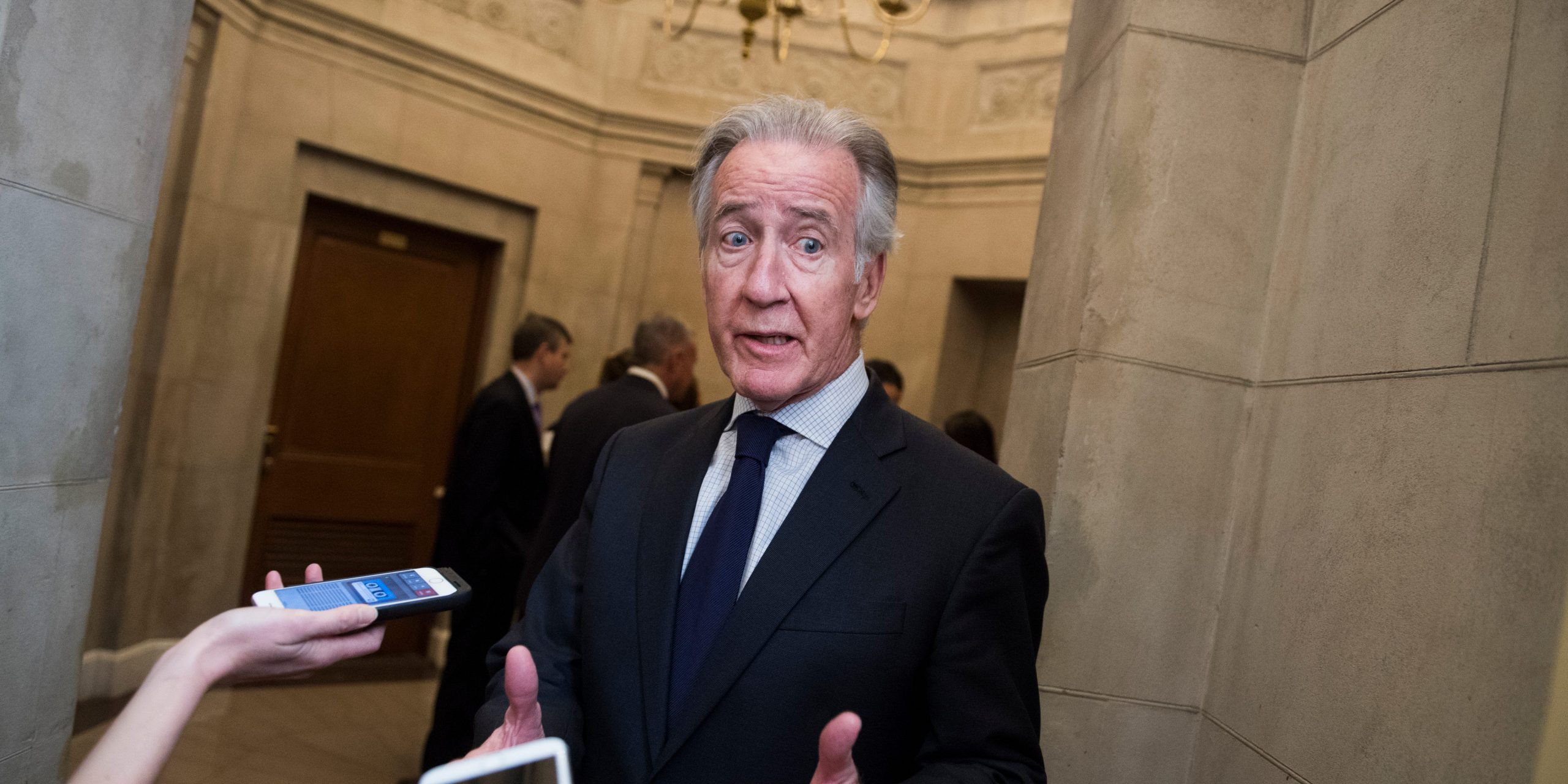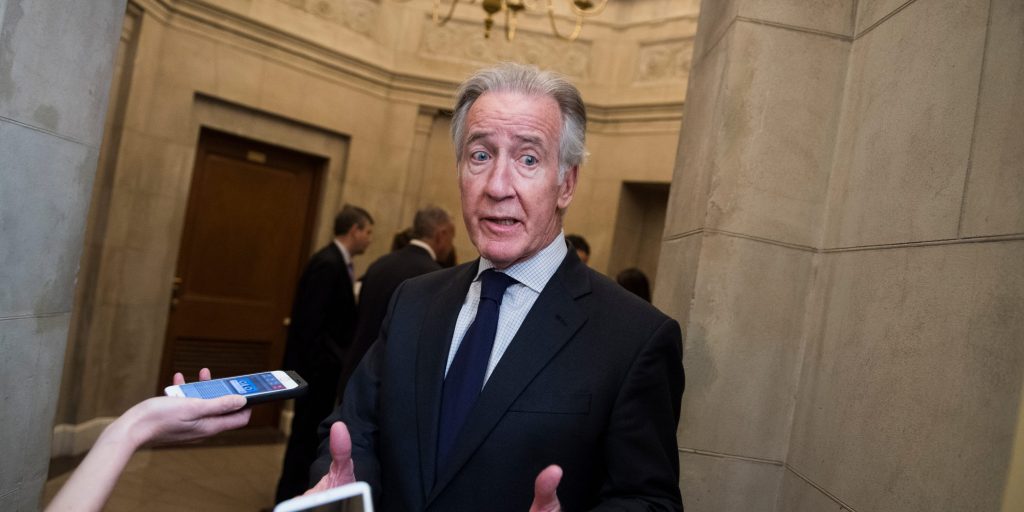
Tom Williams/CQ Roll Call
- House Democrats' tax proposals could raise trillions, but they fall short of President Biden's hopes.
- The plan lifts the top corporate tax rate to 26.5%. That's below Biden's proposed 28% rate and near historic lows.
- A lasting gap between the top income and capital-gains tax rates would let the rich keep dodging larger payments.
- See more stories on Insider's business page.
House Democrats' proposed tax hikes could raise $2.9 trillion in revenue. They're still not as sweeping as President Joe Biden would've liked.
Democrats on the House Ways and Means Committee rolled out a spate of tax increases on Monday that largely target wealthy Americans and companies. The potential changes include a higher tax rate for the country's top earners, a 3% "surcharge" on people making at least $5 million, and a higher rate on the biggest US corporations.
The proposals would cover about 82% of the Biden administration's $3.5 trillion infrastructure plan and roll back some of the tax cuts passed by President Donald Trump four years ago. Yet they fall short of Biden's initial plans and leave some leeway for the richest Americans to dodge payments.
For one, the higher corporate tax rate is below the president's first proposal and leaves the top rate near eight-decade lows. House Democrats aim to lift the top rate to 26.5% from the current 21% level set by the GOP's 2017 tax cuts. The hike comes in below the 28% rate Biden proposed and only applies to businesses earning more than $5 million.
And while the top rate will tax high-earning businesses more than before, it's still well below the rates seen just a few years ago. The top corporate tax rate was 35% from 1993 to 2017 before Trump's tax cuts went into effect. The rate was as high as 52.8% in the late 1960s and sat above 40% through much of the 1970s and 1980s. Without the GOP's 2017 tax act, Democrats' proposed rate would be the lowest since the early 1940s.
Letting the rich stash their cash
The proposals also leave the door wide open for wealthy Americans to pay lower taxes on their cash piles. The plan includes a 39.6% top tax rate on Americans individually earning at least $400,000 or couples bringing in more than $450,000 jointly. That's up from the current top rate of 37%.
While that rate matches Biden's proposal, it won't be as effective as the president's plan. The White House's tax measures would've closed a loophole that let the richest Americans shrink their tax liabilities. Democrats' plan takes steps toward evening the playing field but lacks a crucial element that Biden pushed for.
House Democrats aim to lift the capital-gains tax rate - which affects profits from the sale of assets like stocks and bonds - to 25% from 20% for the wealthiest Americans. That rate can reach 31.8% when adding a 3.8% tax on investment income and the proposed 3% surcharge on top earners. Yet the maximum level doesn't match the proposed 39.6% top income-tax rate, and the gap between the two means massive savings for the richest Americans.
Many of the country's wealthiest people source their income from investment gains, not salaries. Since investment gains are taxed at a lower rate than income, wealthy Americans can dodge higher tax payments by parking more cash in appreciating assets.
Biden aimed to tax capital gains at the same rate as income for Americans making more than $1 million a year. By leaving that rule out, House Democrats risk letting the wealthy dodge top income tax rates.
"All income ought to be treated the same, whether it's your income from your stocks or your income from a business or your income from working every day on a construction project," Frank Clemente, executive director at the left-leaning advocacy group Americans for Tax Fairness, told Insider. "There's no justification for treating rich people's income differently than average working people's income."

